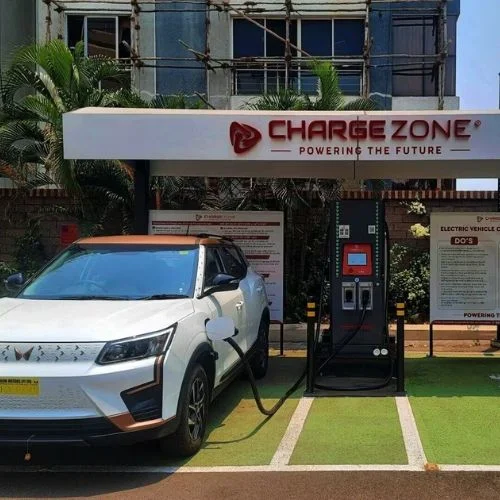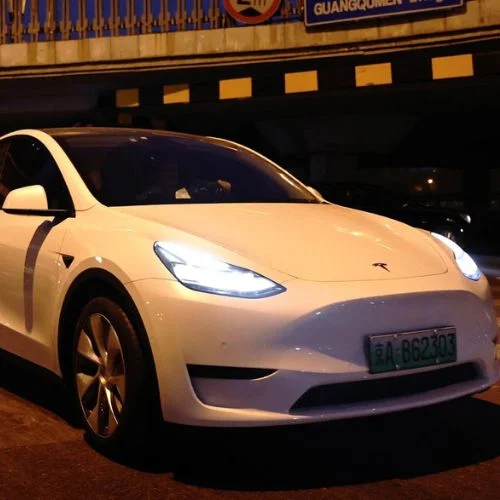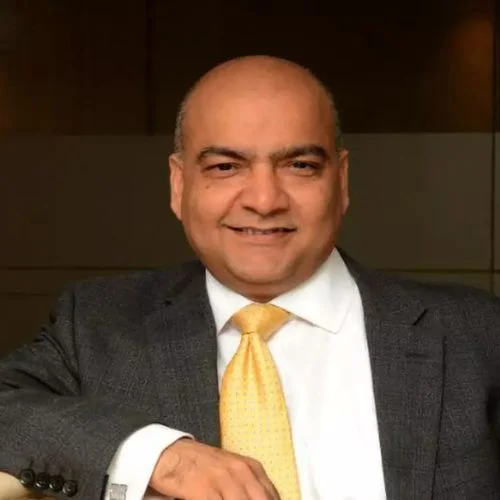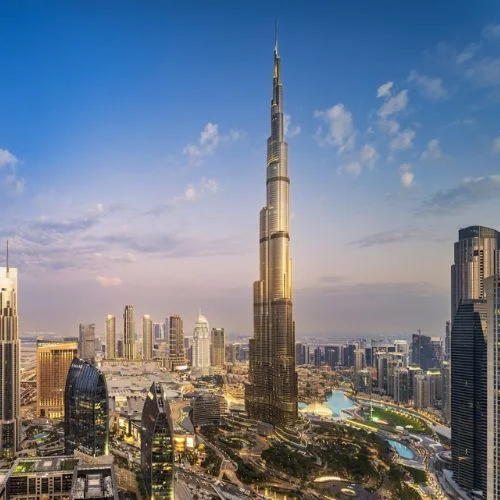Introduction
Adani Energy Solutions Limited (AESL) has successfully completed the Warora-Kurnool Transmission project, a significant addition to India’s electrical infrastructure. This transmission line stretches over 1,756 circuit kilometres (ckm) and connects the states of Maharashtra, Telangana, and Andhra Pradesh. The project plays a crucial role in strengthening the national grid, facilitating the seamless flow of 4,500 MW of power between the western and southern regions of India. Additionally, it is designed to enhance the southern region’s grid capacity and promote the integration of large-scale renewable energy generation.
Warora-Kurnool Transmission Project Overview
The Warora-Kurnool Transmission Limited (WKTL) project, initiated in April 2015, aimed to create an inter-regional alternate current link for power transfer into the southern region of India. This link includes the Warora-Warangal and Chilakaluripeta-Hyderabad-Kurnool sections and involves the construction of a 765/400 kV sub-station in Warangal. Notably, the WKTL project is recognized as the largest 765 kV D/C (hexa conductor) Tariff-Based Competitive Bidding (TBCB) project ever awarded under a single scheme.
Transmission Line Specifications
The project’s impressive scope included laying a 1,756 ckm transmission line across the states of Maharashtra, Telangana, and Andhra Pradesh. In addition to the transmission line, the project encompassed the construction of a 765 kV sub-station in Warangal. AESL was responsible for the project’s development and its subsequent operation and maintenance.
Change in Ownership
The project was initially awarded on a Tariff-Based Competitive Bid (TBCB) basis to Essel InfraProjects Ltd in early 2016. However, following a stressed debt restructuring undertaken by lenders, Adani Energy Solutions Limited acquired the project in March 2021. This change in ownership did not deter the project’s completion, and AESL successfully managed its development.
Impressive Engineering Feats
Several extraordinary achievements characterize the Warora-Kurnool Transmission project:
Tower Erection: A staggering 103,000 metric tonnes of steel were used for erecting the transmission line towers, an amount equivalent to that needed to construct ten Eiffel Towers.
Conductor Usage: The project employed approximately 30,154 km of conductor, equivalent to three rounds around the Moon. This demonstrates the immense scale of the project and the resources invested.
Stringing Speed: An impressive 1,524 ckm of stringing was completed within 11 months, at a rate of 140 ckm per month. This speedy execution showcases the efficiency of the project’s planning and execution.
Tower Erection Rate: Remarkably, 100 metric tonnes of tower installation occurred daily, thanks to the use of an average of 15 gangs, with a peak mobilisation of 40 gangs. This rapid construction pace was essential in meeting project deadlines.
Workforce Mobilization: At its peak, the project mobilized 2,000 workers across various sites. Such a substantial workforce was required to manage the project’s immense scale.
Overcoming Challenges
The Warora-Kurnool Transmission project encountered two significant global challenges, which further highlight its resilience and adaptability. The COVID-19 pandemic and the Russia-Ukraine war disrupted the entire commodity supply chain, leading to multiple demobilization and mobilization challenges. Despite these unforeseen hurdles, the project persevered and was successfully completed.
Conclusion
Adani Energy Solutions Limited’s successful commissioning of the Warora-Kurnool Transmission project is a remarkable feat of engineering and infrastructure development. This transmission line significantly bolsters India’s electrical grid, facilitates power flow between regions, and promotes the integration of renewable energy sources. The project’s scale, efficiency, and adaptability in the face of global challenges make it a noteworthy addition to India’s infrastructure landscape.















